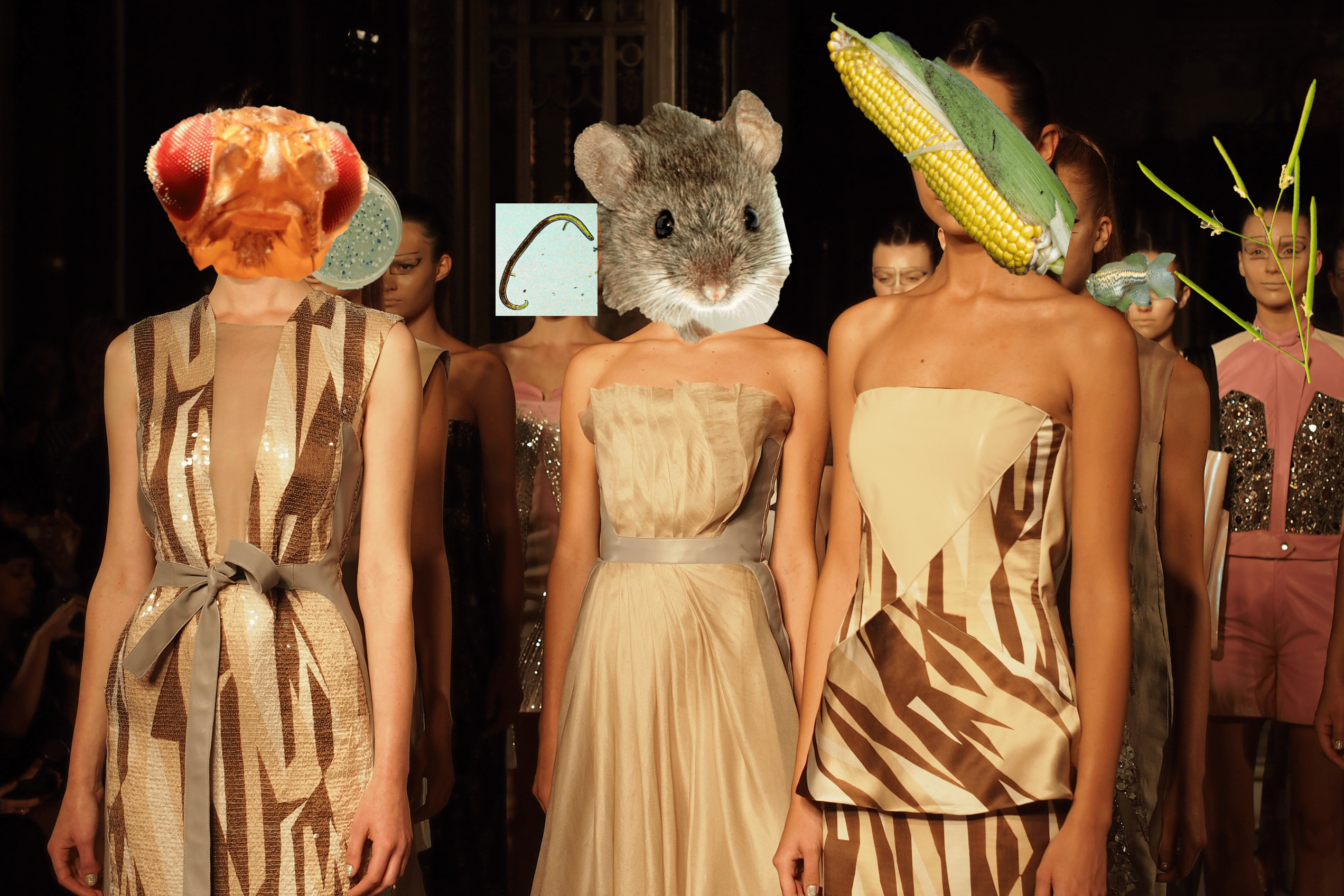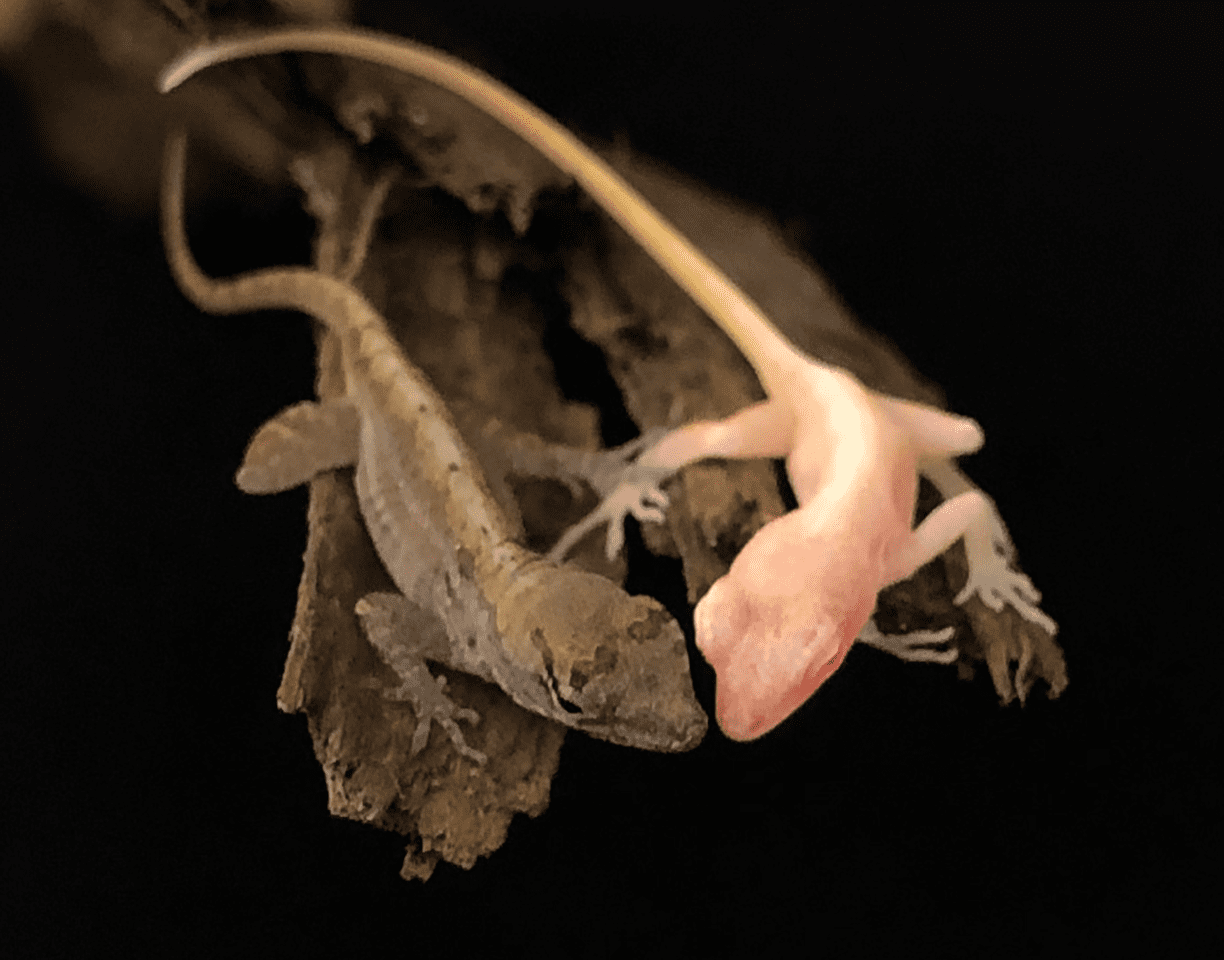Here's a valid question: if it's a human condition or disease we're interested in, why do we study flies, plants or bacteria? It's a question that researchers often have to answer: whether it be for grant funding or to their in-laws over Thanksgiving dinner. Certainly, no one wants to hear—or vote for— tax dollars aimlessly squandered on projects that have “nothing to do with the public good.†Without anyone understanding the importance of basic science research, misperception of “trivial†research reflects in budget cuts of major research institutions. So, why is it important to study non-human organisms?
What it takes to be a top model
Traditionally, model organisms are a group of non-human species that are widely studied to better understand biological phenomena—which include mechanisms of human diseases. Model organisms should be easy to maintain, cost-effective, readily available, and short-lived. This broad definition of a model organism allows for many species to be good candidates to study. Yet, there are only some notable top model organisms (E. Coli, yeast, fruit flies, frogs, zebrafish, mice, worms, corn, and Arabidopsis, just to name a few.)
The industry standard of a top model
The rise of the model organism came out of a 20th century shift from descriptive biology to the study of underlying mechanisms. Researchers wanted a simple organism that could be readily studied and help answer big questions. If their model was too big or complex, their studies may take too long or not fully answer their main question. So, there was a selective bias for small and simple models whose genome could be easily manipulated.
Historically, corn and bacteria elucidated a large part of the central dogma (DNA>RNA>protein), and flies, worms, and mice revealed critical developmental processes. Because these experiments with model organisms were comparatively faster and cheaper than that in primates, it was no surprise that the research generated in these systems dominated their respective fields. The sheer amount of discoveries generated from major model organisms called for the creation of large-scale databases and the advent of strain collection. Robust methodologies and genetic tool development also accrued as more researchers used these major model organisms within their fields.
The traditional definition of a model organism is no longer sufficient in grouping today's limited set of “top model†organisms. The definition of a model organism has shifted since the 20th century, adding one more criterion: an organism with accumulated, well-practiced resources and methodologies.

Representation, representation, representation
Although there have been great strides in the field of genetics, we are still limited by the few model organisms that we study. There is a great range of biological phenomena that goes unexplained, simply because the current top model organisms do not have the analogous function or gene. Thus, there is a need to study more nontraditional model organisms to fill in these gaps of knowledge.
Understandably, the task of establishing a new model system is daunting—given that these new model systems will be going up against well-established model systems with a long history and a wealth of resources. Even though the development of a model organism requires a lot of time and money, it is still more time- and cost-effective than studying the same genes in non-human primates or humans. Fortunately, recent genetic tools, like genomic sequencing and CRISPR gene-editing techniques, allow individual labs to feasibly study the genome of a model organism candidate.
The push for more diverse models isn't just coming from scientists. In 2018, the US National Science Foundation funded $10-million to projects that specifically develop nontraditional model organisms. So far, there have been some promising results. In March 2019, a research group at the University of Georgia successfully used CRISPR to create the first genetically-modified reptile (Anolis sagrei). Another research group at Columbia University successfully injected CRISPR components in the embryos of the Hawaiian bobtail squid (Euprymna scolopes) and the dwarf cuttlefish (Sepia bandensis), two species that uniquely reflect their neurobiological activity through the camouflage of their skin.

Akin to the rise of diverse models in the fashion industry, the scientific community is making strides towards more diverse model organisms. However, these are only preliminary results from ongoing casting calls, and the search for new model organisms is still underway. Only time will tell which fresh-faced species waiting behind the curtain will transform into stellar model organisms, ready to strut the runway.
 Kathy Bui is a Ph.D. student in the Department of Cell Biology at the University of Georgia. She is currently working on CRISPR-gene editing in Drosophila melanogaster and developing split fluorescent protein technology. When she is not studying or working in the lab, she is watching America's Next Top Model or pro-wrestling; both bring her equal amounts of joy.
Kathy Bui is a Ph.D. student in the Department of Cell Biology at the University of Georgia. She is currently working on CRISPR-gene editing in Drosophila melanogaster and developing split fluorescent protein technology. When she is not studying or working in the lab, she is watching America's Next Top Model or pro-wrestling; both bring her equal amounts of joy.
About the Author
-
athenssciencecafehttps://athensscienceobserver.com/author/athenssciencecafe/April 17, 2020
-
athenssciencecafehttps://athensscienceobserver.com/author/athenssciencecafe/April 12, 2020
-
athenssciencecafehttps://athensscienceobserver.com/author/athenssciencecafe/April 3, 2020
-
athenssciencecafehttps://athensscienceobserver.com/author/athenssciencecafe/March 30, 2020







